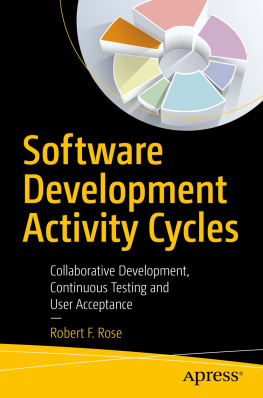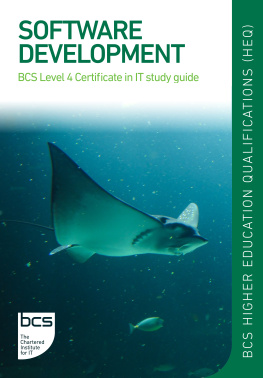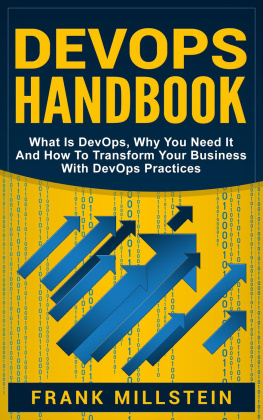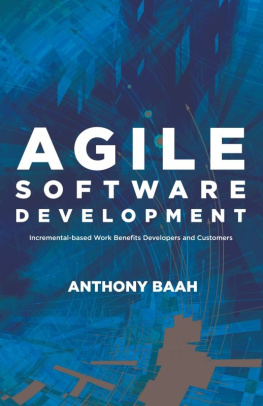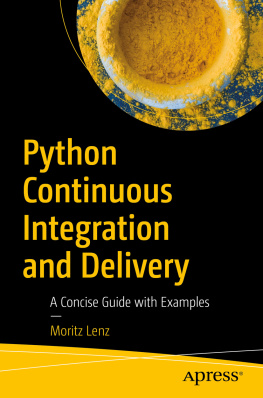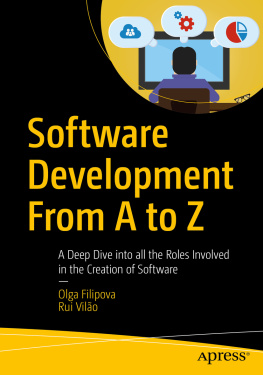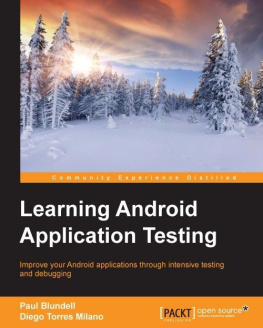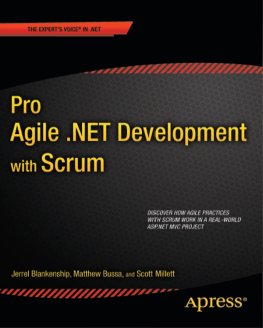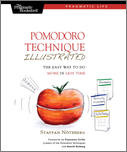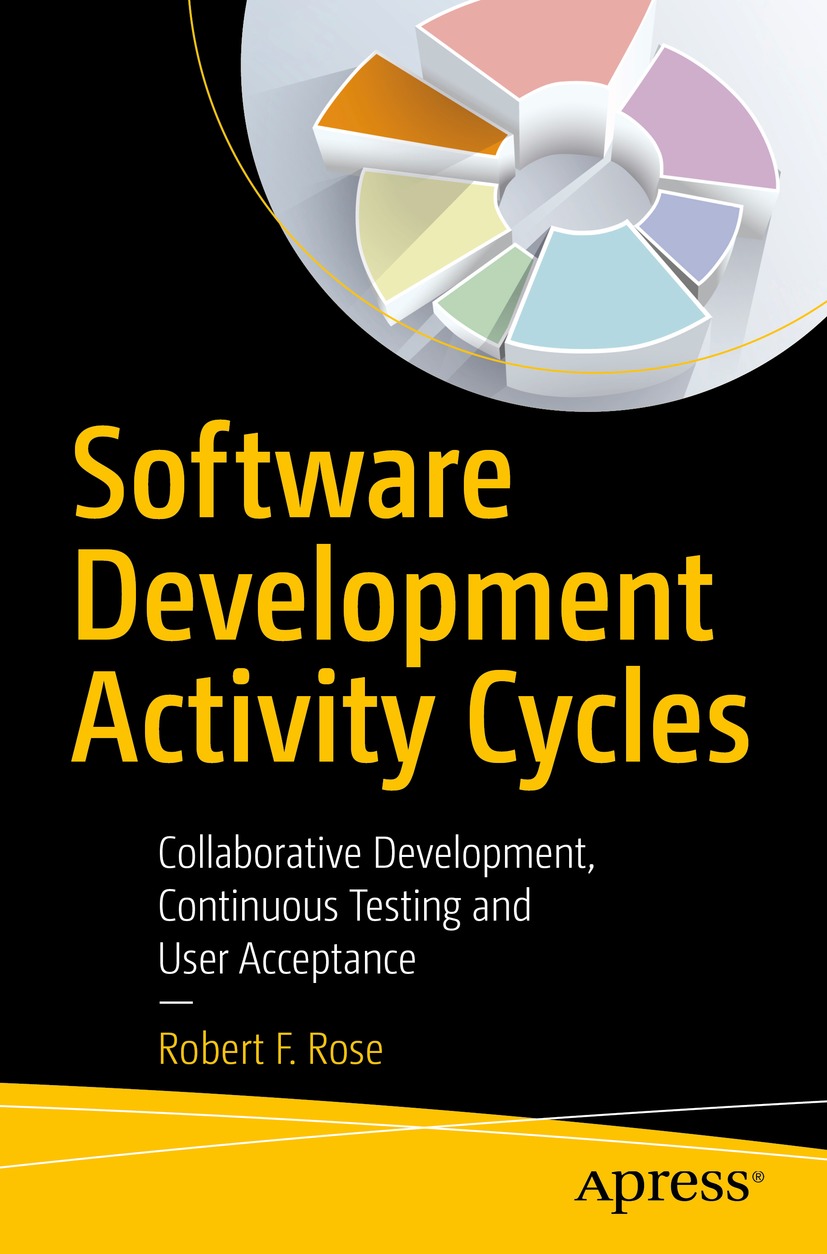Robert F. Rose - Software Development Activity Cycles: Collaborative Development, Continuous Testing and User Acceptance
Here you can read online Robert F. Rose - Software Development Activity Cycles: Collaborative Development, Continuous Testing and User Acceptance full text of the book (entire story) in english for free. Download pdf and epub, get meaning, cover and reviews about this ebook. year: 2022, publisher: Apress, genre: Computer. Description of the work, (preface) as well as reviews are available. Best literature library LitArk.com created for fans of good reading and offers a wide selection of genres:
Romance novel
Science fiction
Adventure
Detective
Science
History
Home and family
Prose
Art
Politics
Computer
Non-fiction
Religion
Business
Children
Humor
Choose a favorite category and find really read worthwhile books. Enjoy immersion in the world of imagination, feel the emotions of the characters or learn something new for yourself, make an fascinating discovery.
- Book:Software Development Activity Cycles: Collaborative Development, Continuous Testing and User Acceptance
- Author:
- Publisher:Apress
- Genre:
- Year:2022
- Rating:5 / 5
- Favourites:Add to favourites
- Your mark:
Software Development Activity Cycles: Collaborative Development, Continuous Testing and User Acceptance: summary, description and annotation
We offer to read an annotation, description, summary or preface (depends on what the author of the book "Software Development Activity Cycles: Collaborative Development, Continuous Testing and User Acceptance" wrote himself). If you haven't found the necessary information about the book — write in the comments, we will try to find it.
The principal benefit this book is to provide a holistic and comprehensible view of the entire software development process, including ongoing evolution and support. It treats development as a collaborative effort with triad communication between a tester, a programmer, and a representative from the user community or a Subject Matter Expert (SME). Progress is measured by user acceptance in each cycle before proceeding to the next step of an activity. There is no test stage in the DPAC model: continuous testing is represented in the backswing (Check Phase) of each activity cycle.
This approach posits that there exists some happy path that represents the intent of the project as declared by the objectives of a Vision Statement, and that this path can be revealed by an iterative and incremental process of freeing the statue from the stone. As the image of this path unfolds, more waste is removed while retaining conceptual integrity.
The example presented herein walks the reader through an application of the model. This book should be of great interest to Product and Project Managers new to the concept of a lean agile development effort, and all practitioners of an agile methodology or those considering or just beginning an agile journey.
What Youll Learn
- See how the various disciplines constituting the software development process come together
- Understand where in the development process management, you can exercise measurement of progress and control
- Review how a quality engineering program will positively affect the quality of the development process
- Examine how the quality of the development process profoundly affects the quality of the software system
Who This Book Is For
Managers, from the C-Suite (CEO,CXO, CIO) to line managers including project managers, and practitioners including programmers, testers, and mid-level managers (Technical Project Managers, Software Quality Engineers, and Coaches). Also, Agile enthusiasts who are looking for a software development methodology on which to place their hat.
Robert F. Rose: author's other books
Who wrote Software Development Activity Cycles: Collaborative Development, Continuous Testing and User Acceptance? Find out the surname, the name of the author of the book and a list of all author's works by series.

